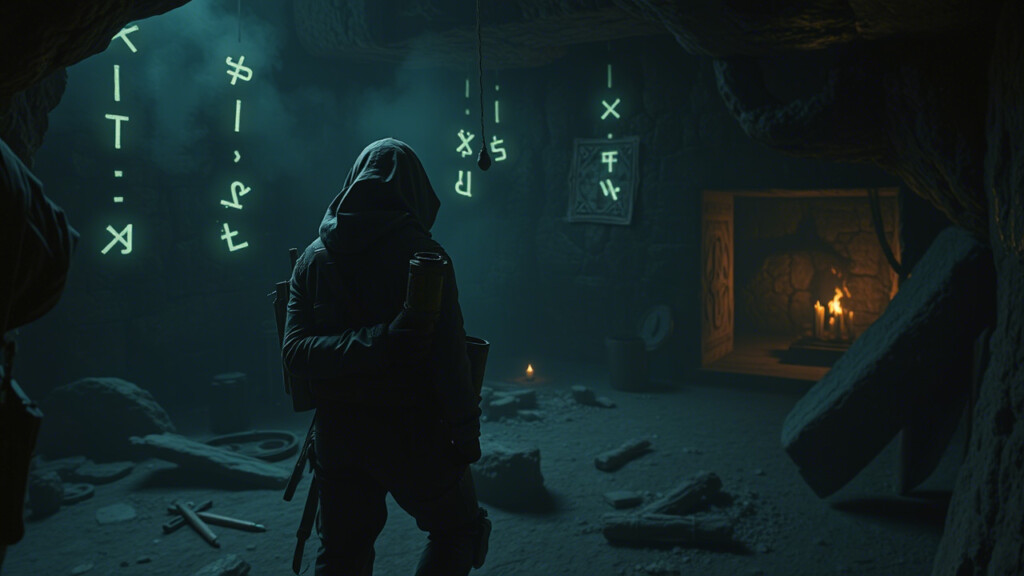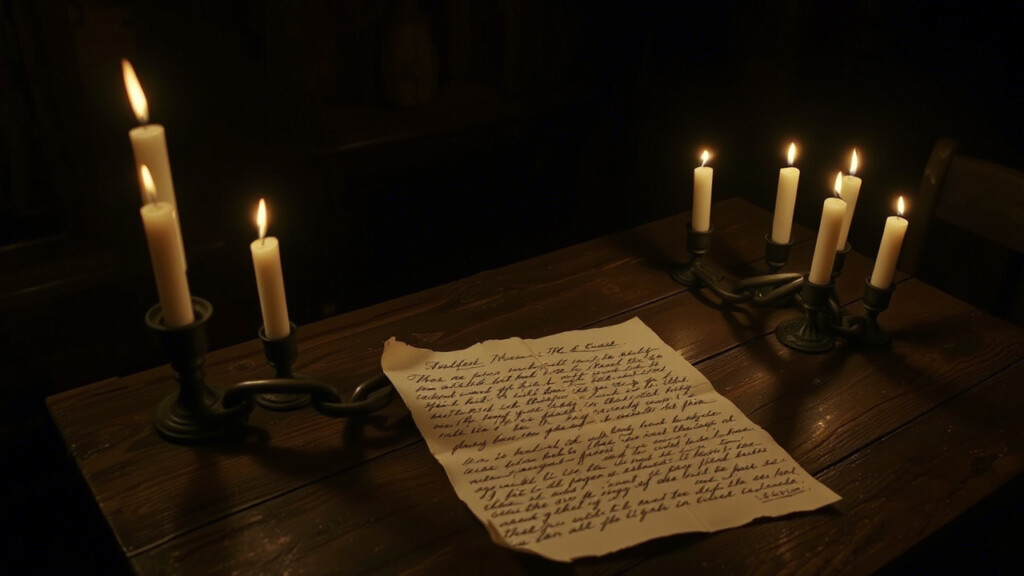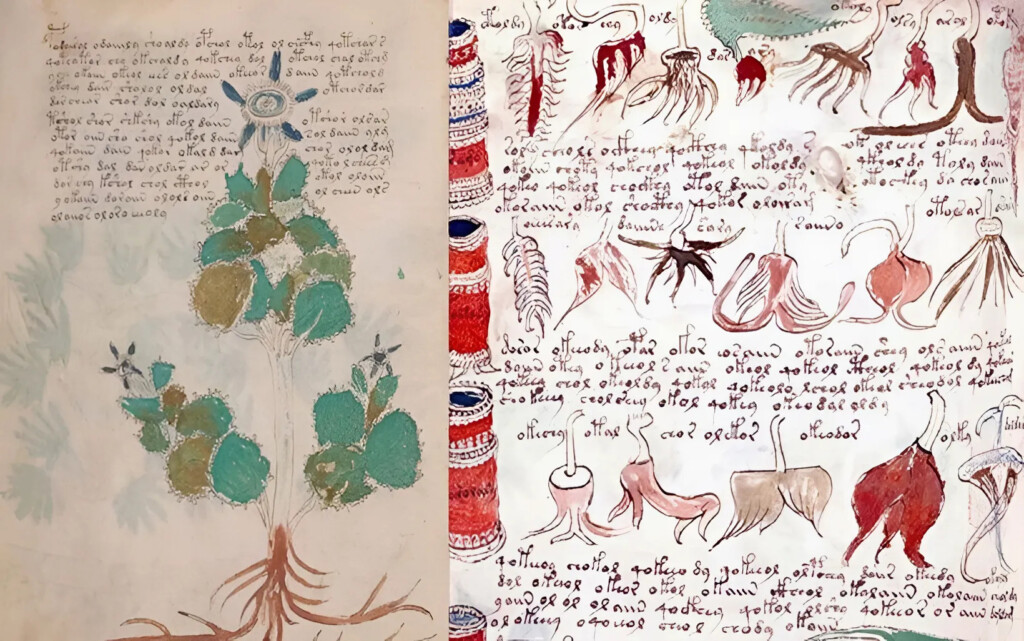Among the countless pages of human history, there are writings that do more than record events—they entrap destinies in words etched with fear. Not mere warnings, not simple prophecies, but curses—an invisible force capable of twisting both will and fate.

From ancient stone tablets and medieval parchment scrolls to eerie inscriptions in tombs, humanity has left traces of curses that serve as both punishment and undying terror. If you believe these are mere myths, perhaps you have not heard of the mysterious deaths of those who dared to challenge such curses throughout history.
Let us turn back the pages of ancient records, where each word may be the hand of fate tightening around the throat of the defiant.
The Curse of Tutankhamun’s Tomb – “Death Shall Come on Swift Wings”

In 1922, the book The Discovery of the Tomb of Tutankhamun (1923) by archaeologist Howard Carter documented the fateful moment when he unearthed the tomb of Pharaoh Tutankhamun—a discovery that shook the world. Behind the sealed doors, untouched for over 3,000 years, lay not only magnificent treasures but also a chilling warning. Carved among hieroglyph-covered walls was an ominous inscription:
“Death shall come on swift wings to those who disturb the slumber of the king.”
Mere months later, Lord Carnarvon—the financial backer of the excavation—died from an infected wound. Even more unsettling, at the exact moment he took his last breath, all the lights in Cairo mysteriously went out. In the years that followed, a series of unexplained deaths befell those associated with the excavation. While modern science suggests ancient bacteria may have played a role, believers in the Pharaoh’s vengeance have a different explanation—the curse had awakened.
The Curse of Uluru Rocks – Whoever Takes, Suffers
Rising from the crimson desert of Australia, Uluru is not just a cultural symbol of the Anangu people but also the center of a curse that has lasted for decades. According to Parks Australia, the organization managing the national park, hundreds of rocks are returned each year, often accompanied by letters of apology. Many visitors claim that after taking a piece of Uluru, they encountered a string of misfortunes—accidents, illness, and unexplained losses.

The Guardian (2017) documented chilling stories: A newlywed couple who took a rock from Uluru faced a series of bizarre misfortunes—constant car troubles, job loss, and eventually, divorce. Another tourist from England returned a rock after witnessing repeated strange accidents within their family.
Whether mere coincidence or the work of a protective spiritual force, one thing remains certain—the apology letters keep arriving every day.
The Curse of the Hope Diamond – A Jewel of Doom
There is a saying: The brighter the beauty, the deeper its shadow. The Hope Diamond is a perfect example of this paradox.

Originating from India in the 17th century, this uniquely blue diamond passed through the hands of European royalty before being stolen during the French Revolution. It is believed to carry a deadly curse, as nearly every owner met a tragic end:
- King Louis XVI and Queen Marie Antoinette – Executed by guillotine during the French Revolution.
- Henry Philip Hope – Lost his entire fortune.
- Evelyn McLean – Lost her husband, lost her children, and died in solitude.
The diamond now rests in the Smithsonian Museum, but who can say for sure that its curse has truly been laid to rest?
The Curse of Chain Letters – “Pass It On, or Suffer”
If you have ever received a letter urging you to copy and send it to others, you may have encountered a form of “modern curse”—the Chain Letter. This phenomenon is not new; it has existed for centuries. Mental Floss, suggests that chain letters date back to the early 1900s, initially as fundraising tools but later evolving into a means of spreading fear.

Though their formats have changed—moving from handwritten notes to emails and text messages—their core message remains: If you do not forward this, disaster will strike. Tales abound of those who ignored the warning, only to suffer accidents, financial ruin, or personal loss. Some chain letters even promise good fortune for those who comply, but most prey on superstition to compel action.
Science dismisses this as mere psychological manipulation, yet millions worldwide continue to participate—because no one wants to gamble with fate.
The Curse of the Voynich Manuscript – A Book of Unsolvable Secrets
There exist books that do not merely contain knowledge but also conceal something deeper—an enigma beyond human understanding. The Voynich Manuscript is one such artifact.

Written in a language never seen before, this 15th-century manuscript is believed to contain forbidden knowledge. Those who attempt to decipher it often experience inexplicable misfortunes, from illness to insanity, or even untimely death.
Researcher William Newbold once claimed to be on the verge of decoding the manuscript—only to die mysteriously soon after. To this day, its contents remain undeciphered, and the whispers of its curse continue to haunt those who dare to probe its secrets.
A Belief or a Real Fear?
Do these curses truly exist, or are they mere products of human imagination? Each person will have their own answer. But one undeniable truth remains: When a curse is etched in stone, inscribed in books, or passed down through generations, it becomes a part of history—and sometimes, belief itself is enough to bring it to life.
So, do you believe in curses? Or have you simply never dared to break one to find out?
